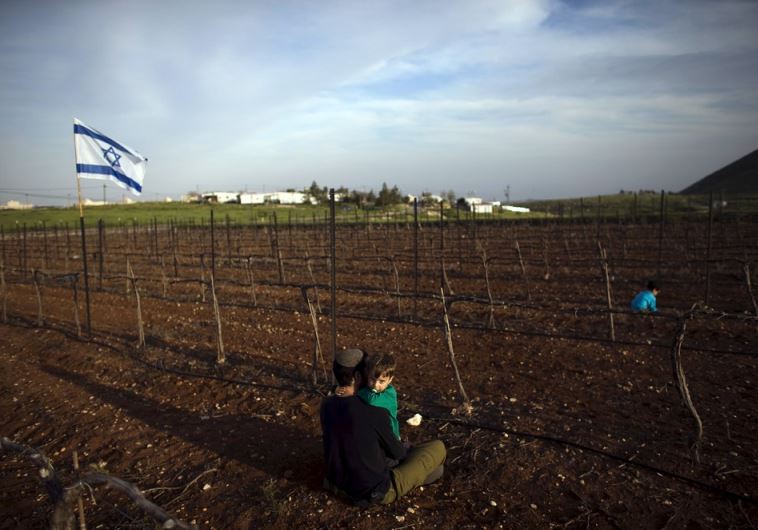ON MY MIND: Teaching peace
Israeli leaders speak openly of their aim to negotiate directly with the Palestinian Authority to achieve a two-state solution.
 A Jewish man holds his son at a vineyard belonging to Mitzpe Kramim, east of Ramallah in the West Bank
A Jewish man holds his son at a vineyard belonging to Mitzpe Kramim, east of Ramallah in the West Bank